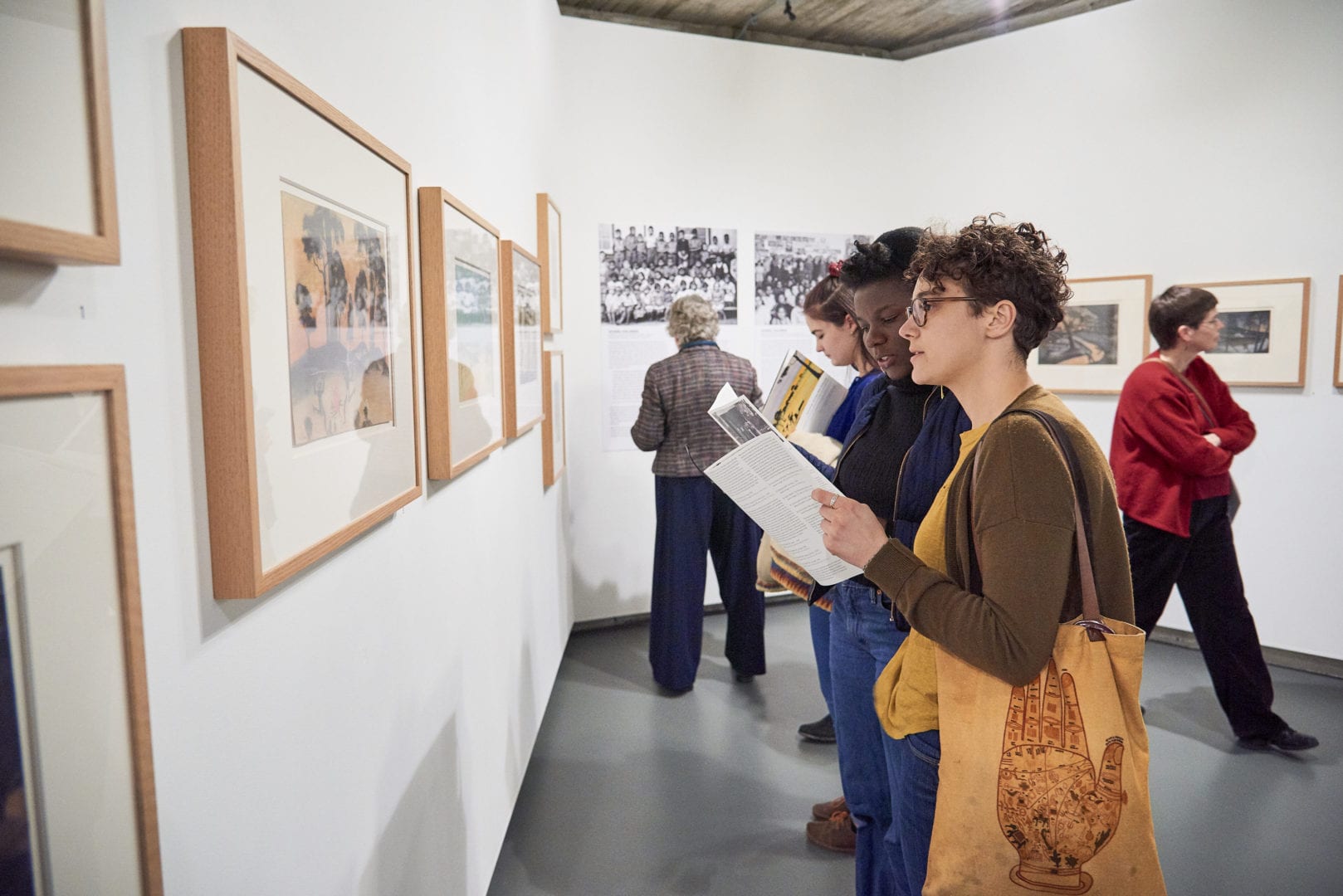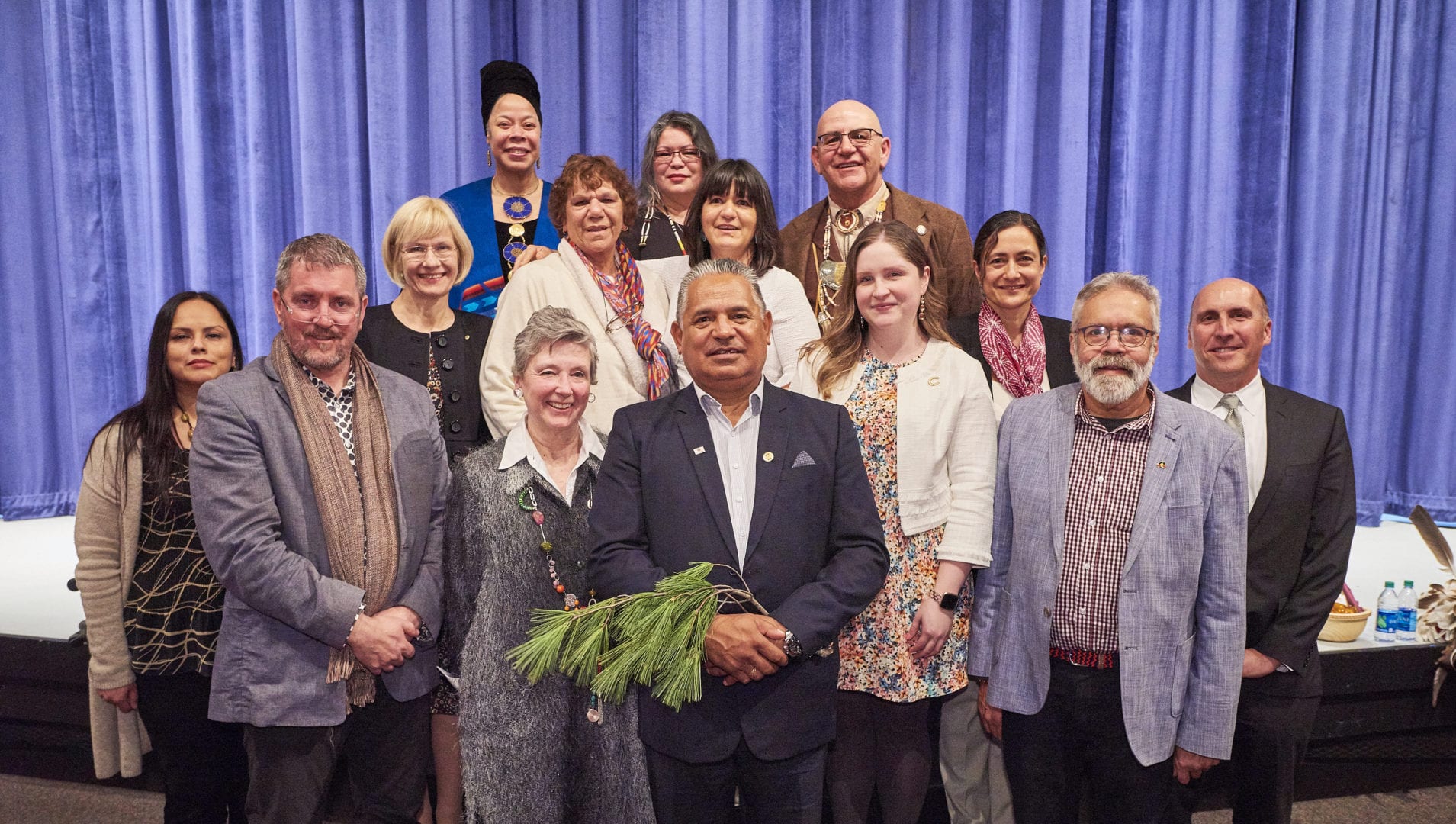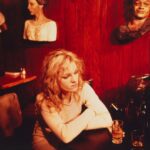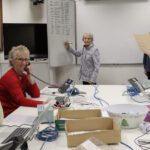Treasured artworks created by Noongar children who were part of Australia’s Stolen Generations are being showcased at Colgate University in New York State as part of its bicentennial celebrations.
 The works, created by children taken from their families and detained at the Carrolup Native Settlement in the 1940s, attracted international attention and were eventually purchased by New York art collector Herbert Mayer who donated them to Colgate University in 1966.
The works, created by children taken from their families and detained at the Carrolup Native Settlement in the 1940s, attracted international attention and were eventually purchased by New York art collector Herbert Mayer who donated them to Colgate University in 1966.
The Herbert Mayer Collection remained in storage at the University until it was discovered by chance almost 40 years later.
In 2013, Colgate University granted Curtin University’s John Curtin Gallery custodianship of the Collection, and the works returned to Noongar country in Western Australia after an incredible 65-year journey circumnavigating the world.
Curtin University Vice-Chancellor Professor Deborah Terry, Curtin’s Elder-in-Residence and Carrolup Elders Reference Group (CERG) Chair Professor Simon Forrest and John Curtin Gallery Director Chris Malcolm attended the opening of the exhibition in Upstate New York at the weekend. They were joined by Tony Hansen, from CERG and the Co-Convenor of Bringing Them Home Committee WA, and Dorothy Bagshaw, a Carrolup resident from 1946 to 50.
Professor Terry said it was an honour to share some of the children’s hauntingly beautiful artworks with Colgate University where they had spent so many years.
 A highlight of the opening was a very moving ceremonial welcome given by the Chief of the original custodians of the area, the people of the Oneida Nation of the Haudenosaunee Confederacy.
A highlight of the opening was a very moving ceremonial welcome given by the Chief of the original custodians of the area, the people of the Oneida Nation of the Haudenosaunee Confederacy.
“We were privileged to participate in the opening of the Koolanga Boodja Neh Nidjuuk (Children Looking and Listening on Country) exhibition in the very building, the Picker Art Gallery, that was the home of the artworks for so many decades after they left Noongar Boodja and where they were discovered back in 2004,” Professor Terry said.
“These culturally and historically significant artworks offer an insight into a dark period in our country’s history and the incredible resilience of Western Australia’s Noongar community.
“The Herbert Mayer Collection has become an intrinsic part of Curtin’s commitment to reconciliation and healing. The works are deeply significant to the Noongar community because they are helping family histories to be pieced together and enabling the grieving of lost connections to occur.”
Professor Terry said the University was progressing plans to create the Carrolup Research Education and Engagement Centre at the John Curtin Gallery to ensure people around the globe had access to the powerful collection of artworks.
“Embracing our shared history is fundamental to genuine reconciliation and we want to share the sense of acknowledgement, celebration and hope that these artworks embody with all Australians and people around the world,” Professor Terry said.
For more information about the artworks, visit here: https://jcg.curtin.edu.au/carrolup/


